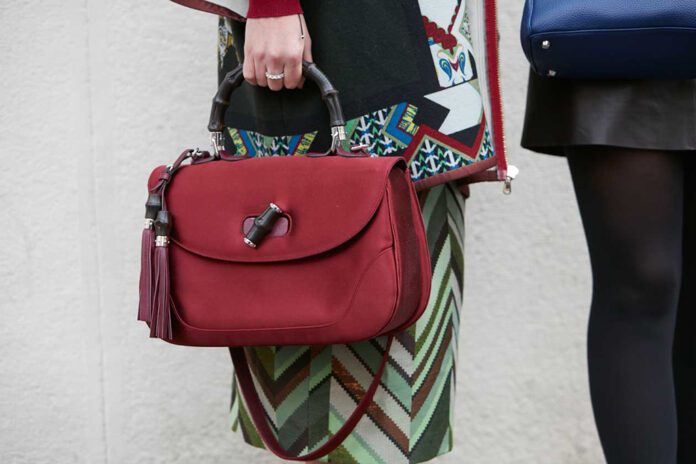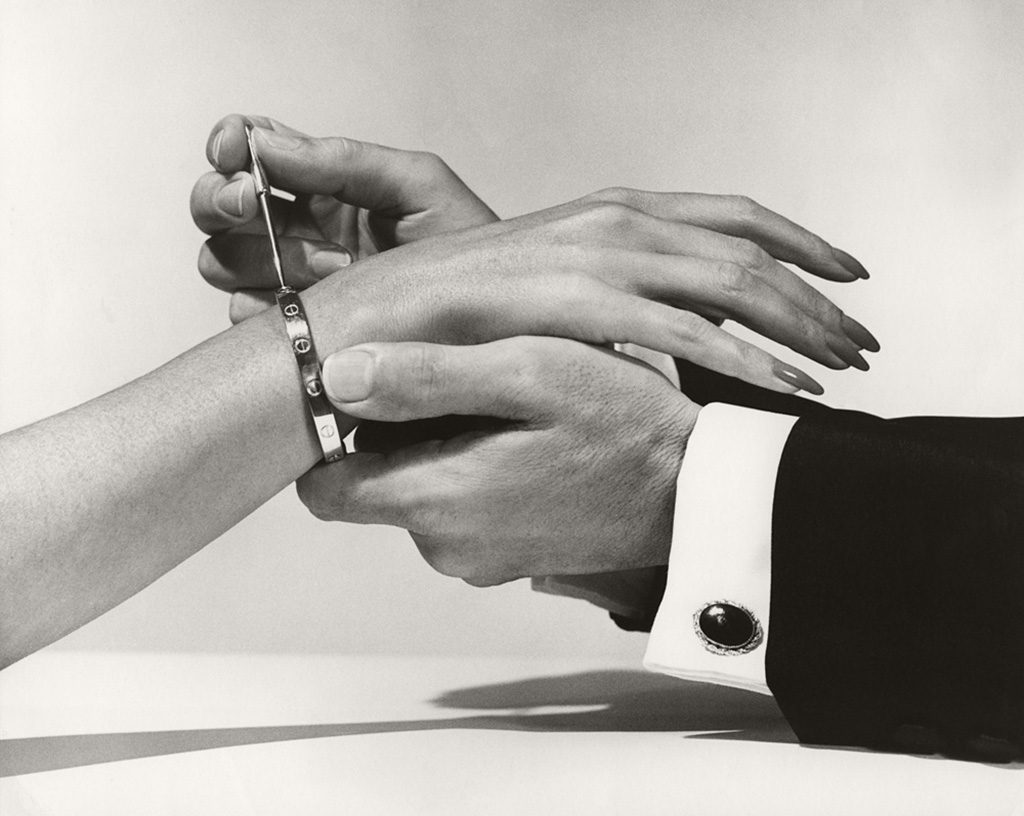The Gucci Bamboo bag is undoubtedly one of the Florentine house ‘s most iconic designs. Its shape is sinuous and rounded, designed in the guise of a saddle(in homage to the riding articles for which the maisonwas born ). Inside there is a case with a mirror; the structure is rigid and the reduced dimensions rhyme with style and elegance.
But its recognisability, its true distinguishing feature is given by the accessories, kept intact over the seasons, which have given it its name and characterised its identity: the bamboo handle and clasp.
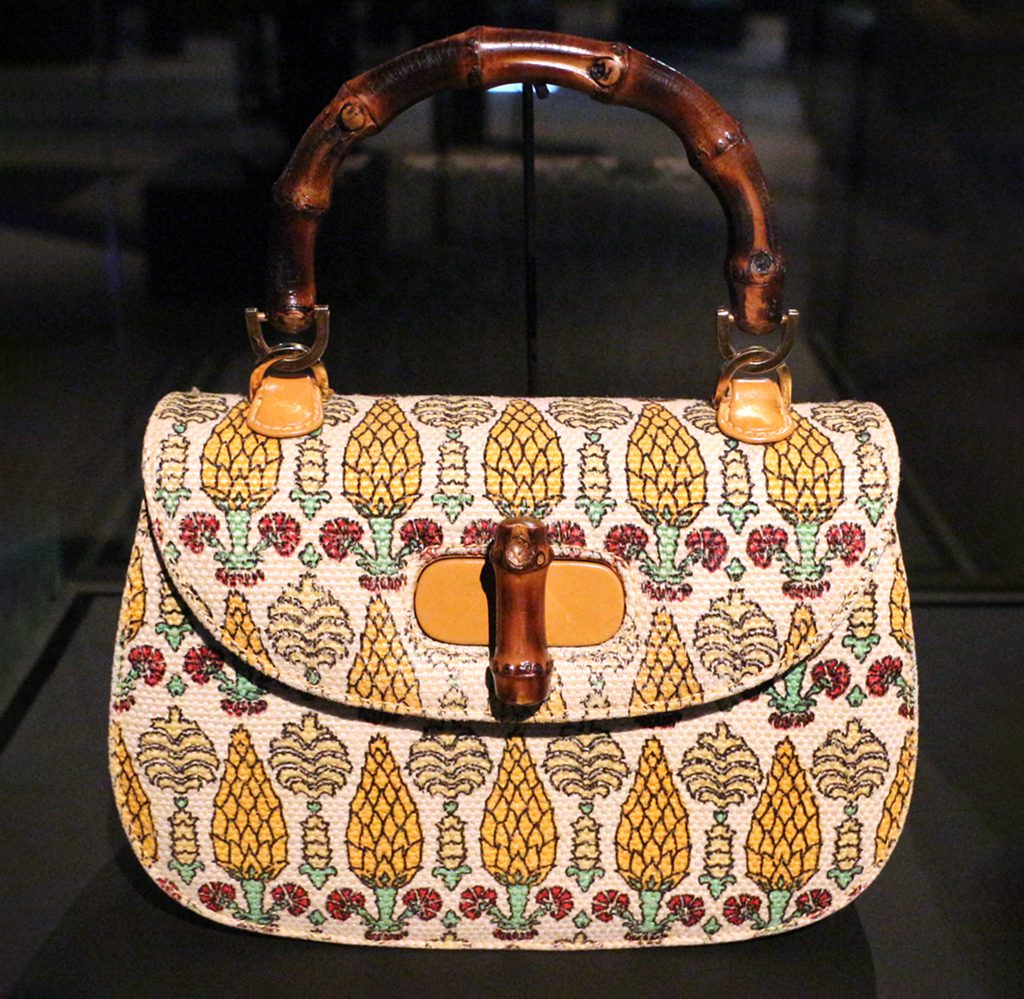
A cult born of necessity
The Bamboo bag, originally called by its product code 0633, was born in 1947 from an intuition of Guccio Gucci, the founder of the house.
Due to the restrictions caused by the war and the consequent difficulty in procuring leather for the production of bags and luggage, Gucci thought of introducing unusual materials for the time.
The use of linen, jute, hemp and, above all, bamboo cane, which came from Japan, was a demonstration of how the lack of raw materials could be overcome through ingenuity and imagination.
The choice of bamboo was not only dictated by its lower cost and accessibility, but also by its intrinsic characteristics: lightness and strength, combined with ductility .
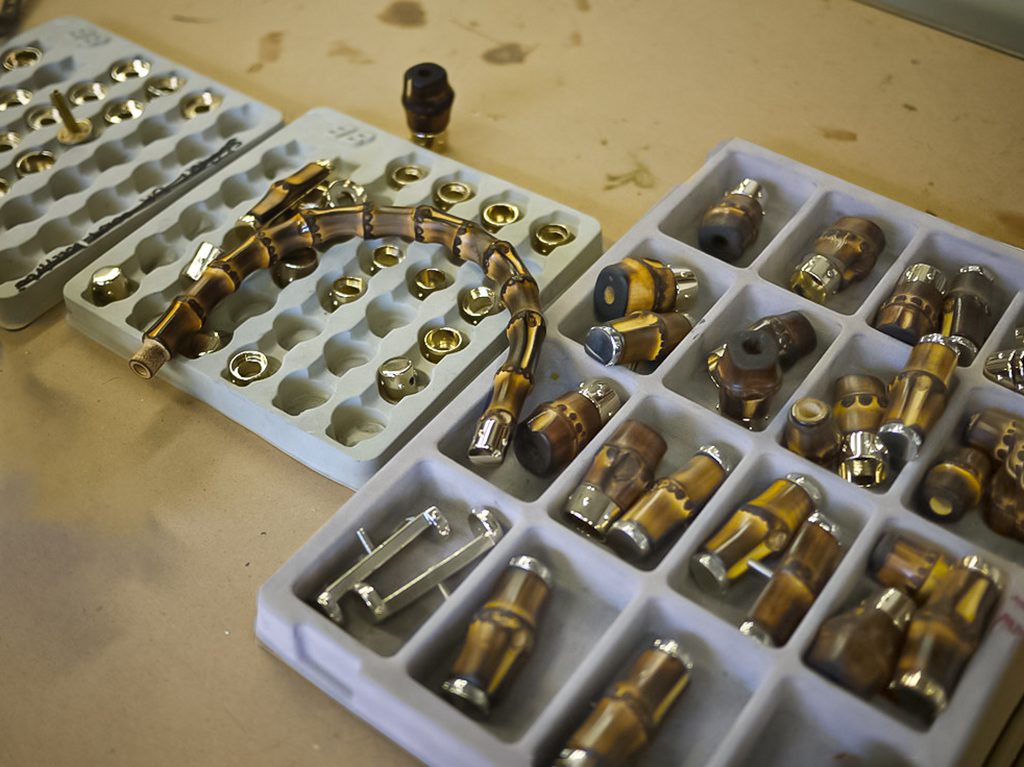
The folding of bamboo culms into a semi-circular shape took place, and still takes place today, at the hands of specialised craftsmenby heating them over an open fire in order to maintain their shape when cooled. Subsequently, the material was coated with several layers of lacquer, to protect and polish it, and then toasted, to obtain a burnished shade. Once finished, the handles, which were truly unique pieces, were attached to the bags by means of metal brackets.
The modest bamboo turned out to be a successful choice: it represented an innovation, technically functional, aesthetically interesting and whimsical, so much so that the bag immediately won the attention of the international jet set.
Famous users
Ingrid Bergman was the first to wear it on the film set of Viaggio in Italia (the one worn in the film had a squarer shape than the one we know today); Vanessa Redgrave wore one in Blow-up.
In the 1950s and 1960s, many celebrities wore the exotic-looking handbag, helping to generate a myth that is still alive today, one of the brand’s most iconic and enduring creations. Last year the bag was seen on the arm of Harry Stylesthus transcending gender boundaries and cultural labels.
Evolution of the bag
Gucci continued to offer the bag in different fabrics and finishes, such as the satin version, without ever really changing the design.
In 1991 he launched a new model with a rectangular shape, characterised by two handles, also in bamboo. It became one of Diana Spencer ‘s favourite bags (re-launched in 2021 by Alessandro Michele, under the name Gucci Diana).
Tom Ford , first, and Frida Giannini also fell under the spell of the Bamboo Bag. During their respective terms as artistic directors, they contributed to the interpretation, launching new editions in different colours and materials and adding new models that had the unmistakable bamboo handle as their leitmotif.
In 2010 Gucci dedicated the exhibition to the iconic bag Bamboo Foreverover 64 years of history, retraced through vintage models from the Florentine archives and photographic evidence.
Gucci Bamboo 1947
With Alessandro Michele, creative director from 2015 to 2022, the conversation between Gucci’s legacy of the past and present has taken on a fundamental role.
His revolutionary aesthetic, centred on expressive contaminations, on a kaleidoscopic mix of eras, languages and identities, has found fertile ground in the brand ‘s desire to recalibrate its identifying codes in favour of a disruptive philosophy, which aims to attract an important market: millennials and Gen Z.
His personal obsession with handbags (he has designed them for Gucci since 2002), which he considers true divinatory objects, his idolatry for the past, and his “mania for preserving things” have done the rest.
In spring 2021, on the occasion of the brand’s 100th anniversary, Alessandro Michele launched the Gucci Bamboo 1947.
Gucci Aria
The new edition of the bag is part of the Aria collection , full of references and citations to the brand’s heritage and identifying elements.
The inclusion of theyear of birth in the name of the bag is an indication of its desire to celebrate, to exalt an icon and its history of over 70 years.
But it is also a new starting point, his, through which to build new memories, new emotional investments, in keeping with the principle of “possible conversations between things”, which underlies his work.
Colours and materials of the Gucci Bamboo 1947
The bag, in its new celebratory guise, was presented in three sizes, with bolder colours (in addition to the classic black and leather), such as kelly green , pistachio green, deep blue, red, pink and marigold yellow, along with the GG monogram.
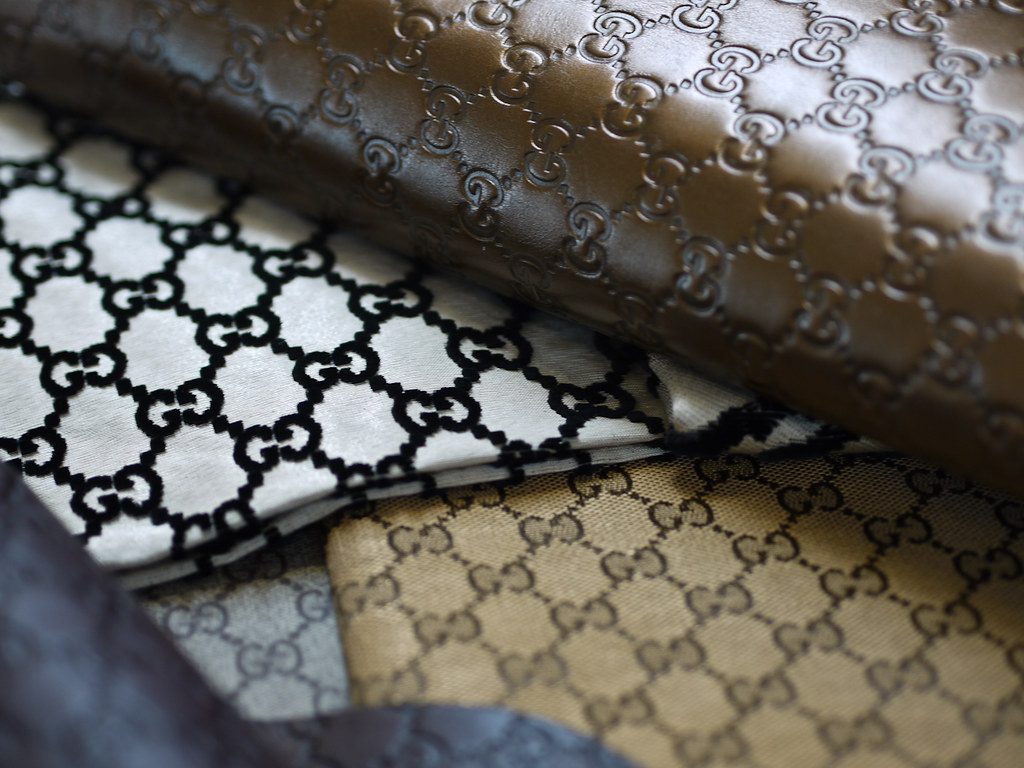
The most precious versions are in crocodile, python and ostrich, also available in neutral or more vibrant variants. There is also an interchangeable shoulder strap with the classic red-green and red-blue striped web pattern.
There were also some special editions of the Bamboo, such as the one with the handle in the shape of a riding crop or those customised with geometric motifs and patterns in contrasting colours.
For the Gucci Bamboo 1947 launch campaign, Alessandro Michele asked international artists, photographers, illustrators, videomakers and various performers (even a balloon artist) to express their vision of the bag through their art.
Maddalena Arcelloni, Theo Liu Xiangyu, Suzanne Sarnoff, Juan Francisco Bertoni, Nico Ito, Masayoshi Matsumoto are some of the names. Through a multifaceted creative prism, the bag thus reveals its multiple personalities, its modern essence and its innovative spirit, capable of attracting a heterogeneous public.
Gucci Exquisite
The Gucci Bamboo 1947 also finds a starring role in the F/W ’22-’23 collection Exquisite, presented in a version in which traditional elements like bamboo coexist with strong ones like studs and metal spikes, confirming that expressive contaminations produce seductive results.
Currently, the Bamboo Bag, together with the other icons, past and recent, that have made the maison ‘s success , is the protagonist of the Gucci exhibition Cosmos, in Shanghai. The exhibits come from the Gucci Archives in Florence. The exhibition is curated by Maria Luisa Frisa, critic and fashion curator. Until 25 June, it will be possible to enter the creative world of Gucci through its 102-year history.
To understand how Gucci’s legacy will be renewed, how the extraordinary creative journey studded with unforgettable icons will continue, we will have to wait until September 2023, when the new creative director, Sabato De Sarno, will debut his first signature Gucci collection during Milan Fashion Week.
Alessandra Parisi
@Stiledesign. Reproduction reserved


